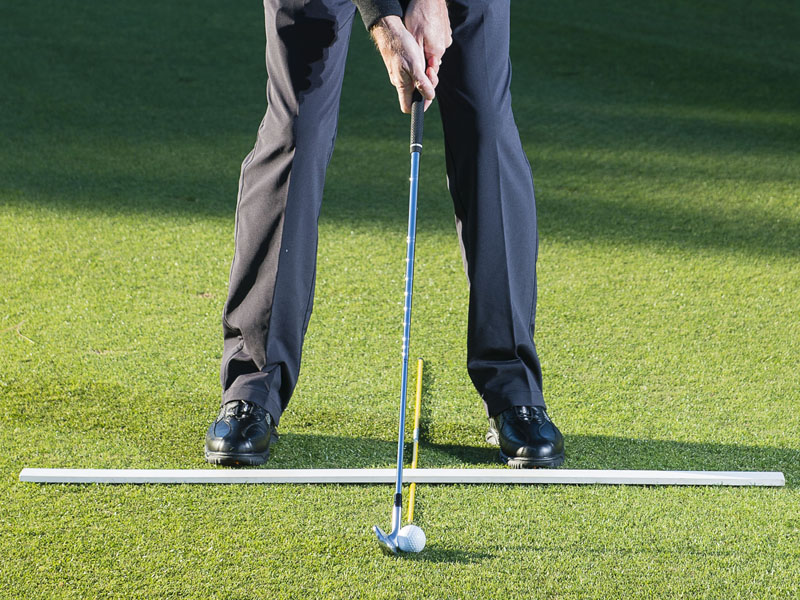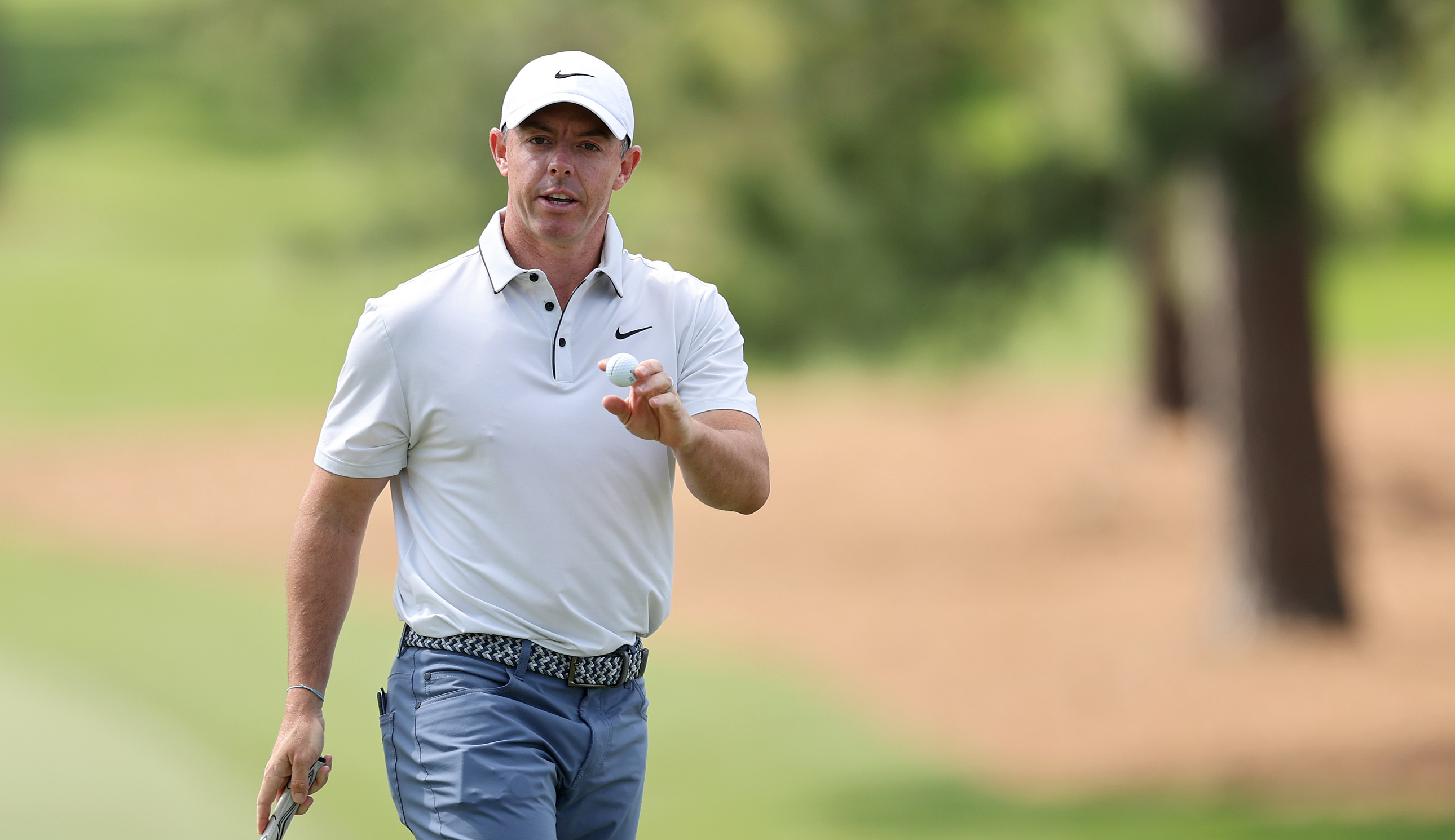How To Nail Golf's Fundamentals
PGA pro Keith Wood talks through the address fundamentals, around which you can build sound swing mechanics


Making sure you spend time working on the basics is vital. In the video and article below, Golf Monthly Top 50 coach Keith Wood talks through the areas to focus on that will help you get more enjoyment from the game.
Alignment
Address fundamentals begins with correct alignment which lies at the heart of sound swing mechanics.
The inextricable link between the two should place alignment at the top of any every list of things to check and work on this winter. Your feet, hips and shoulders all need to be parrallel with your ball-to-target line. That's why it always makes sense to lay down alignment stick at address to check. It is like you are stood on a railyway track and your feet, hips and shoulders will all be point a fraction left of your intended target line. Of course, your ball position also needs to be checked regularly.
Posture
People talk about posture as a basic but it’s not, it’s a fundamental that lies at the very heart of the golf swing.
The angle of your spine at address will dictate your swing plane, it will place your arms and hands in a position where they can function properly and it will determine how effectively you can rotate.
Get the Golf Monthly Newsletter
Subscribe to the Golf Monthly newsletter to stay up to date with all the latest tour news, equipment news, reviews, head-to-heads and buyer’s guides from our team of experienced experts.
So it is impossible to over-emphasise the importance of setting and maintaining good posture in the golf swing.
Grip
There is no, one way of gripping the golf club. Hands vary enormously in size and shape so to have a single methodology is impossible. Read our essential guide on how to grip the golf club.
Indeed, there are examples of players who have reached the very top of the game with what, on the face of it, appears to be a faulty grip.
The key to a good grip is whether you have control of the clubhead and whether it offers you the range of motion you need in the golf swing.
As such, there are some core principles we should all follow regardless of the size and shape of our hands.
Swing checks
If you spend time on your address position, getting yourself into an athletic, technically sound set up, your chances of finding a more consistent, powerful long game in 2015 are greatly improved.
However, before you step onto the tee in your first competition of the new season there are a few swing keys I’d like you to check.
These are the most common faults that I see so make sure they don’t undermine the work you do at address.
A good check is to look specifically at what your hips are doing in the golf swing. The big fault to look out for here is whether they are moving to the right on the way back.
As they inevitably slide back on the way through you’ll bring poor strikes into play by complicating the swing unnecessarily.
A great drill is to place alignment sticks either side of your hips at address. You should be able to swing to the top without bumping into the stick on your right.
Then as you swing through impact, your body should rotate against the other stick – notice how my body has bumped into it.
This is a great way to check your stability on the way back and your weight shift on the way through both essential elements to good ball striking.

Location: Golfsmart International, Hertfordshire
Keith has worked with Golf Monthly for over 20 years. He's Director of Instruction for The Faldo Series and has coached multiple Tour winners, including Sir Nick Faldo and Seve Ballesteros. His academy, Golfsmart International, can be found in Hitchin, and coaching is still at the forefront of what he does.
Students learn best when...
They are secure and comfortable with their environment including you, the instructor. We need to listen to the player, establish their goals and break down their fears and barriers to change, establishing trust and confidence. Communication is everything and the use of today's technology is essential, especially visually, as it helps enormously to get our message across.
Advice for practice:
Hit less balls in shorter sessions and have a plan. Why are you practicing? (purpose). Whether it's a technical swing change or a drill, try and measure the outcome. It could be visually, target and result driven, but above all, don't be afraid to experiment in your practice sessions. You'll be amazed what you can discover on your own and have great fun doing it.
A typical lesson:
There is no typical lesson but I would like to think that I am a good listener and communicator. I want to establish what the student knows and wants to achieve as I assess the priorities of their improvement. I choose my words carefully as its about clear communication, so that the player understands my reasons behind any suggestions given. One commonality of my sessions would be that the player is fully immersed in the session; it's not about me telling them to do something but the player discovering how to improve with my help.
-
 The Masters Crystal Rory McIlroy Has Already Won At Augusta National This Week
The Masters Crystal Rory McIlroy Has Already Won At Augusta National This WeekMcIlroy leads going in to the final round at Augusta National, with the four-time Major winner already bagging some silverware before he looks to claim the Green Jacket
By Matt Cradock Published
-
 Rory McIlroy Has Referenced Scottie Scheffler So Often In Recent Months… Is He Now Finally Ready To Surpass Him?
Rory McIlroy Has Referenced Scottie Scheffler So Often In Recent Months… Is He Now Finally Ready To Surpass Him?For several months, Rory McIlroy revealed how he was aiming to be more like Scottie Scheffler in 2024 - and it now appears as though the World No.2 is doing it
By Jonny Leighfield Published